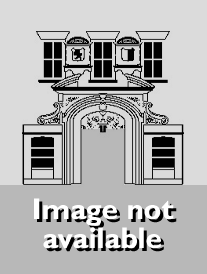We are now closed for the Christmas and New Year period, returning on Monday 5th January 2026. Orders placed during this time will be processed upon our return on 5th January.

In the popular imagination, the Middle Ages are often associated with lawlessness. As historians have long recognized, however, medieval culture was characterized by an enormous respect for law, legal procedure, and the ideals of justice and equity. Many of our most important modern institutions and legal conceptions grew out of medieval law in its myriad forms (Roman, canon, common, customary, and feudal).
Institutional structures represent only a small portion of the wider cultural field affected by—and affecting—law. In Law and the Illicit in Medieval Europe such distinguished scholars as Patrick Geary, William Chester Jordan, R. I. Moore, Edward M. Peters, and Susan Mosher Stuard make the case that the development of law is deeply implicated in the growth of medieval theology and Christian doctrine; the construction of discourses on sin, human nature, honor, and virtue; the multiplying forms governing chivalry, demeanor, and social interaction, including gender relations; and the evolution of scholasticism, from its institutional context within the university to its forms of presentation, argumentation, and proof.